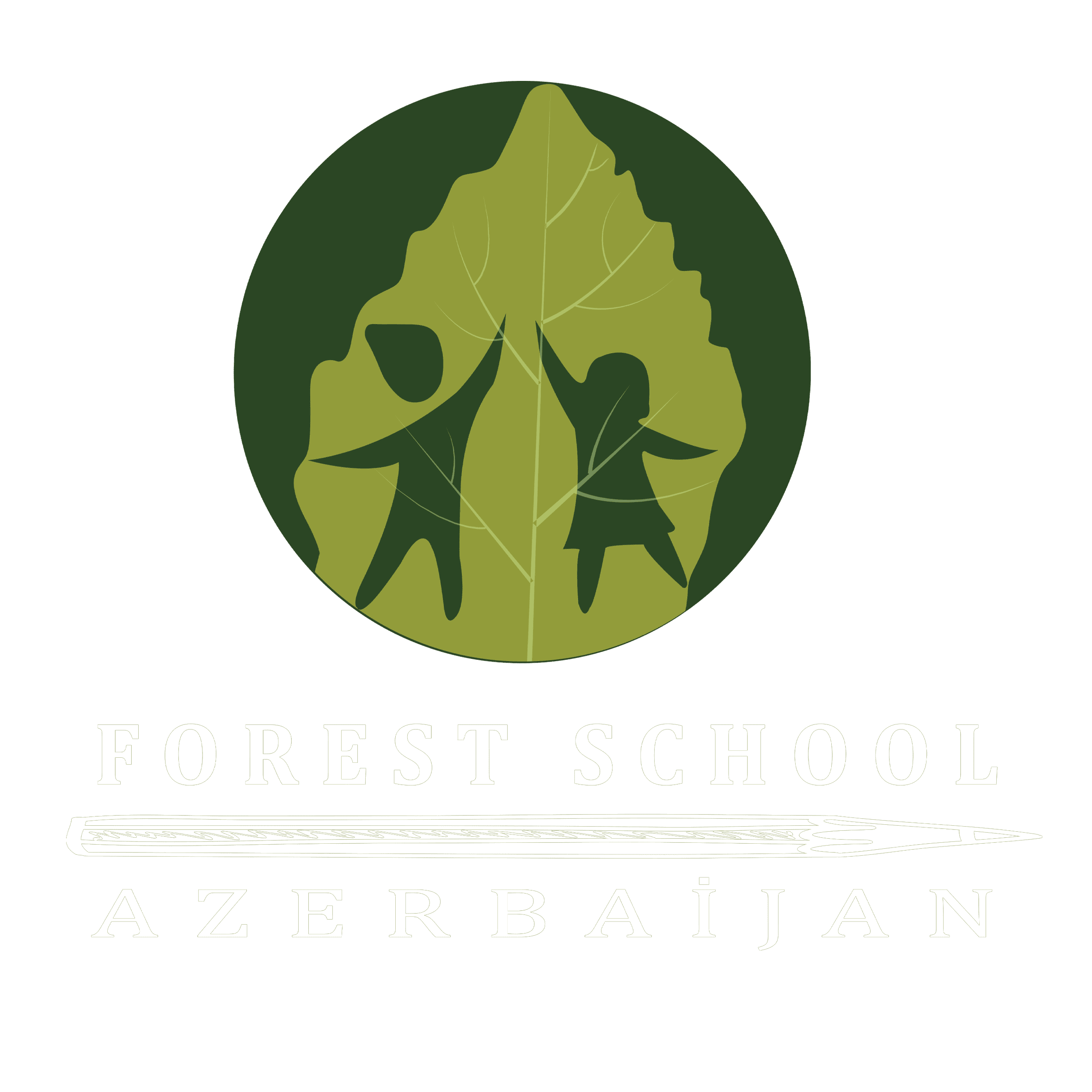What comes to your mind when you think about education?
Can the teacher-student relationship be the only model of education?
Of course, everyone can answer this question in different ways, based on their experience. But regardless of the answer to the question, we need to understand that the patterns by which we are trained are holding back our development. Non-formal education methods can give you something that you cannot get from formal education. This includes the educational model, which I will now refer to.
Popular in many countries of the world, the Forest School educational approach has been developing since the last century. This approach was born in Scandinavian countries. This is where Forest School and Friluftsliv were born. Friluftsliv’s approach highlights the importance of spending time outdoors. The Forest School is a holistic approach that brings together nature and education. It is organized mainly in the open air, in harmony with nature.
The Forest School approach uses nature not only to gain information about certain subjects, but also to support physical, emotional, intellectual, mental, and social development. In other words, this approach considers nature as a resource for learning. Walking in nature instills the skills of taking risks and solving problems. Through tactile sensations, it forms the possibility of establishing a connection with the surrounding world through the senses. As a result, a directed approach to the individual student is formed.
In the process of regular activities of the Forest School approach, it was found that participating children become calmer, it is easier for them to overcome fear and stress. On the contrary, children who spend more time indoors do not think about global environmental issues. Because children who have not been able to build their garden in nature and spend little time outdoors think little about protecting it. In his book, The Last Child in the Woods, Richard Louv notes that children and adults who spend less time outdoors due to spending too much time indoors develop a sense of fear and disgust for nature. Research has also shown that adults who spend little time in nature experience a number of problems.
Spending time in nature is considered a natural right for children in only a few countries around the world. Although the UN Convention on the Rights of the Child recognizes the right of children to be free in nature and play, not all countries follow this, although they should take this into account in school.
We can say that the Forest School is implemented in each country a little differently, although the approach itself remains the same. The thing is that the weather conditions and the needs of people in different countries are different. The goal, in fact, is the same – to practice training in nature.
For example, in the Scandinavian countries, the weather is cold and, accordingly, the attitude of people is different; for them, inclement weather is not considered a serious problem. The Forest School is an important part of pre-school education in Denmark.
Attention to this approach, which is becoming more and more popular all over the world, increases as it is explored. The New Economics Foundation investigated how Forest School’s educational approach affected students who did not do well in school. According to the results, the children had increased self-confidence, social, communication and physical skills, motivation, a desire for knowledge and an improved understanding of the material being learned. Increasing self-confidence through independence, strengthening unity and teamwork through helping each other, and being aware of the impact of one’s actions on others and nature develops social skills. Focusing on the tasks at hand helps children feel focused and intrinsically motivated, and developing motor skills through touch and practice can be called the effectiveness of the Forest School educational approach.
Author – Kamala Guliyeva



